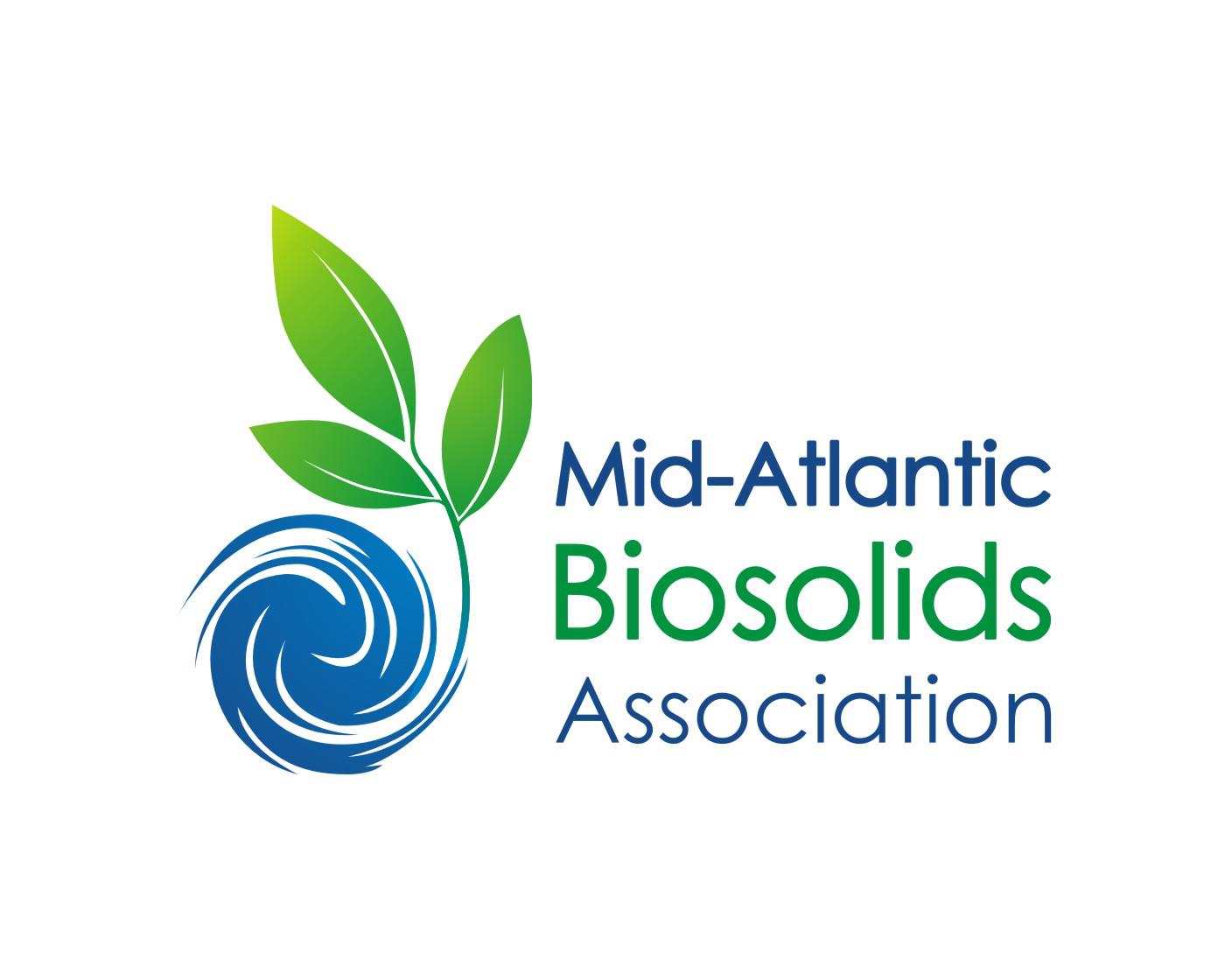This page contains all entries posted to Chemical and Biochemical Engineering News & Events in November 2013. They are listed from oldest to newest.
October 2013 is the previous archive.
December 2013 is the next archive.
Many more can be found on the main index page or by looking through the archives.
|
News and Events for the Department of Chemical and Biochemical Engineering in the College of Engineering and Information Technology at UMBC.
« October 2013 |
Main
| December 2013 »
November 2013 Archives
Alba Torrents, Professor
Environmental Engineering Program
Civil and Environmental Engineering
University of Maryland, College Park
Date: November 11, 2013
Time: 12:00pm - 1:00pm
Location: TRC 206
Title: Re-Use of Wastewater Effluents: Benefits and Concerns
Through the natural water and nutrient cycle, the earth has recycled and reused water and nutrients for millions of years. Currently, 1.6 billion people live in countries and regions with water and food scarcity and, with population growth and climate change, the number is expected to rise to 2.8 billion people by 2025. Traditional urban wastewater systems need to be transformed in a sustainable, closed-loop urban wastewater management based in the conservation of water and nutrients. There is concern that along with organic matter, nutrients and micronutrients, biosolids could be a source of anthropogenic microconstituents. For over 15 years, our group has been developing methodologies to assess the fate of organic micro pollutants introduced in the environment. We know that many of such micro pollutants are endocrine disruptors and they make their way into the environment, yet many questions remain on their fate and potential risks. A combination of “in-pant”; controlled and field scale studies will be presented and discussed.

Mid-Atlantic Biosolids Association and the Department of Chemical, Biochemical, and Environmental Engineering present:
The Science of Biosolids: Current Research and Implications for Management
Tuesday, November 19th, 2013
University Center Ballroom
8:00 AM - 4:00 PM
For more information and to register, visit "http://www.mabiosolids.org/index.php?page=events-calendar"

Date: Tuesday, Nov. 12th, 2013
Time: 12:00 pm
Location: TRC 206
Light refreshments will be served at 11:45 am
Dissertation title: Impact of process parameters on product titer and quality attributes during cell culture scale down
Abstract:
Quality by Design and Process Analytical Technology regulatory initiatives aim to achieve consistent production of biopharmaceutical products of predefined quality. Extensive process development studies are imperative to establish such a production process. Currently, these studies are primarily being carried out in bench scale systems. However, bench scale bioreactor studies are costly, tedious and time consuming to set up. An in-house developed, novel high-throughput minibioreactor system shows a significant potential to improve and streamline process development studies. However, in order to fully qualify this system as a scale down model, comparability between the two scales needs to be established. Comparability of product titers and product quality aspects such as glycosylation profile, which is considered to be one of the major product quality attributes, would be of greatest relevance.
Here, we investigate cell culture scale down on monoclonal antibody titers and their N-glycan profiles produced by serum free mammalian cell culture in these two systems. Methods for purification of monoclonal antibody using protein-A chromatography followed by ion exchange chromatography and N-glycan analysis using high pH anion exchange chromatography (HPAEC) with pulsed amperometric detection (PAD) were developed. Structural determination of glycans was done using MALDI TOF mass spectrometry. A comparability experiment indicated that DO (dissolved oxygen) and pH profiles, cell growth, glucose and lactate profiles were similar in bench scale bioreactors and minibioreactors. Although the relative areas of major N-glycans obtained by HPAEC were found to be comparable in two systems, antibody titers in bench scale bioreactor were about 50% higher than in minibioreactor. While investigating this, a noticeable difference in the glutamine consumption in two systems was observed. Evidence in the literature related glutamine consumption to pCO2 levels. In order to investigate the role of pCO2, a novel pCO2 sensor patch was modified for use in mammalian cell culture. This sensor revealed a difference between the pCO2 profiles in both systems. CO2 stripping studies were conducted in order to have comparable pCO2 stripping rate. A comparability study conducted at comparable pCO2 stripping rate showed similar pCO2 profiles and a significant improvement in product titers in minibioreactors was achieved. Finally, the effect of dissolved oxygen (DO) in minibioreactors and bench scale bioreactors was investigated. Effects of DO on cell growth, viability, glucose and lactate profiles, product titers and their N-glycan profiles were found to be comparable. This project attempted to understand the changes that occur during scale down in the cell culture environment, that are significant enough to impact critical process outcomes such as product titer and product quality . This understanding proved to be crucial to provide the comparability of these miniaturized systems with the bench scale systems and to establish them as a scaled down model.
Aditi Bhaskar successfully defended her Ph.D. on November 12th, 2013. Her research was performed in the Welty Lab.
Shaunak Uplekar successfully defended his Ph.D. on November 12th, 2013. His dissertation was entitled "Impact of process parameters on product titer and quality attributes during cell culture scale down."
|

